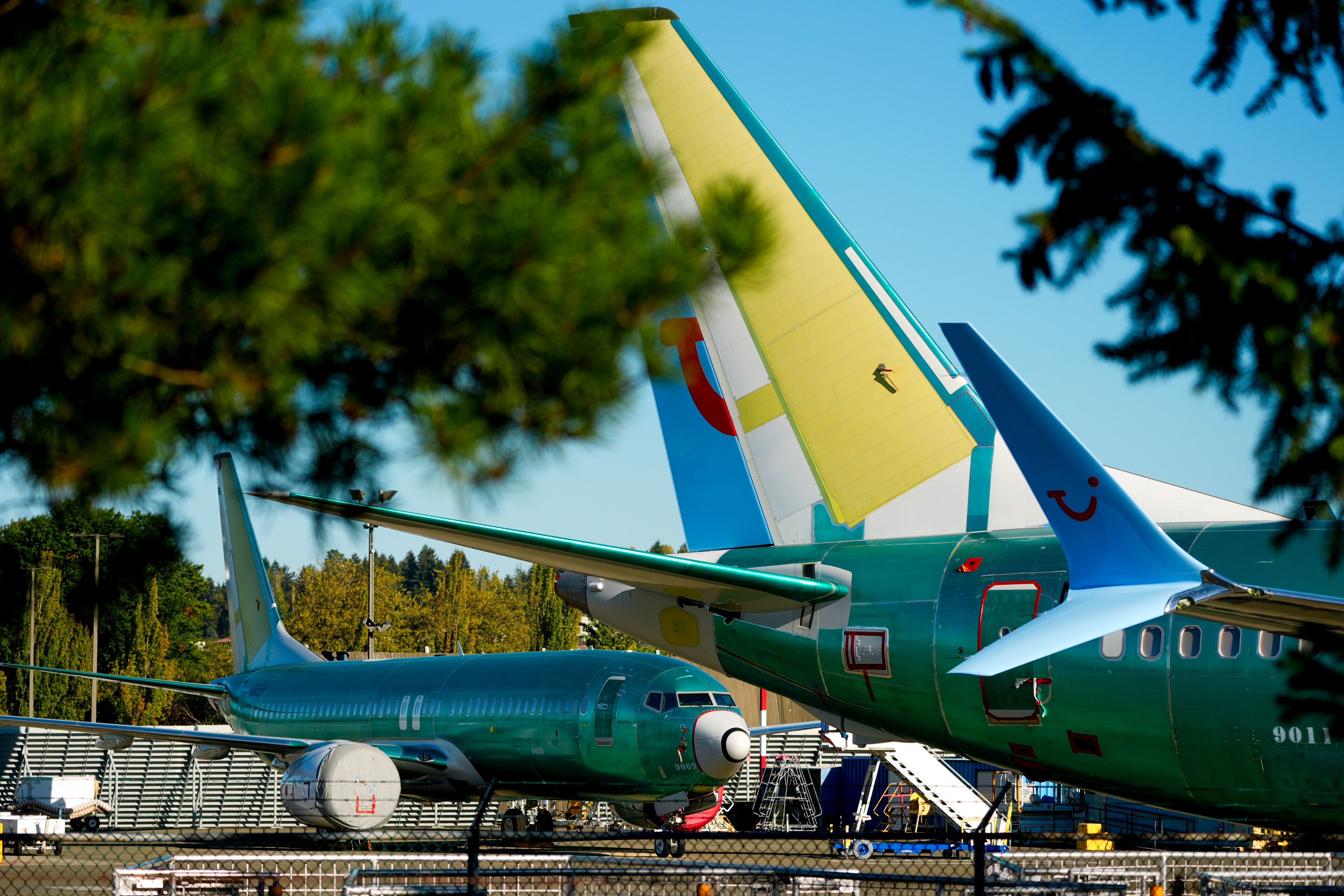Old shoe factory meant jobs for hundreds in the region
The history of "the old shoe factory," a five-level International Shoe Plant at Cape Girardeau is an indication of the trend in the shoe-making industry. International employed 1,200 workers in its heyday but was taken down, brick by brick, in 1989. The old building, once called the "Pride of Southeast Missouri," was replaced by a one-level factory that employed about 300 to 500 workers...
The history of "the old shoe factory," a five-level International Shoe Plant at Cape Girardeau is an indication of the trend in the shoe-making industry.
International employed 1,200 workers in its heyday but was taken down, brick by brick, in 1989. The old building, once called the "Pride of Southeast Missouri," was replaced by a one-level factory that employed about 300 to 500 workers.
That factory, near the intersection of South West End Boulevard and Southern Expressway is still there. But it now houses a small shoe-making operation, Cape Shoe, with well under 50 workers.
Thousands of area workers were shoe industry experts during the mass production era of shoe-manufacturing, which started following the late 1880s inventions of a number of new shoemaking machines.
The old shoe factory, constructed after the turn of the century, was a giant building on North Main Street. The empty building joined many of the shoe plant buildings closed or used for other purposes during the time between the mid-1960s and early 1990s.
More than 550 shoe factories closed between the mid-1960s and 1980s, erasing thousands of jobs in the area's small towns. During the 1990s, more shoe factories shut down, leaving only a handful in operation nationwide.
Today, the industry produces fewer than 200 million pairs of shoes, about 12 percent of the domestic sales while imported shoes represent the rest -- more than 10 million pairs of shoes sold in the United States are made in China, Mexico, India and in several parts of Asia.
The Brown Shoe Co. is a good example of the fading U.S. market. At one time, Brown, of St. Louis and manufacturer of the famous Buster Brown children's brand, had 90 factories in the United States. In 1970, that number had dwindled to 42. Twenty years later, 16 Brown shoe factories were left in the United States, two of them in Missouri. In 1995, Brown closed its final shoe factory in the United States, with all the company's shoes imported.
In December 1999, Florsheim closed its final U.S. factory and now imports the bulk of its shoes. It purchases some from the few U.S. shoe manufacturers in existence.
About 300 workers lost their jobs when Florsheim closed, but at peak production, Florsheim employed as many as 500 workers here.
The shoe industry was a mainstay in rural economies at the turn of the century. As many as 26,000 workers depended on Brown for employment in the early 1970s. Many more worked in shoe factories during those peak years when as many as 90 shoe plants operated in Southeast Missouri cities like Cape Girardeau, Jackson, Perryville, Malden, Piedmont, Ironton, Caruthersville, Charleston, Sikeston and Fredericktown.
A report in the Southeast Missourian business section in 1995 revealed the grim figures on what happened to the shoe industry. Twenty-five years ago more than 233,000 workers produced 642 million pairs of shoes, representing 79 percent of the U.S. market. By 1988, the workforce fell to only 84,000 workers and production fell to 300 million pairs of shoes.
During the past few years, Southeast Missouri has lost 4,000 workers from the shoe-production work force.
Connect with the Southeast Missourian Newsroom:
For corrections to this story or other insights for the editor, click here. To submit a letter to the editor, click here. To learn about the Southeast Missourian’s AI Policy, click here.





